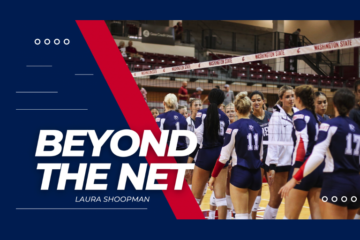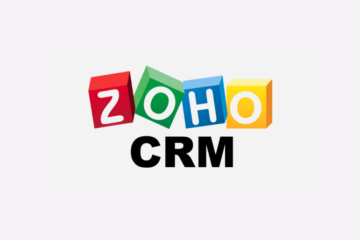
This week our Digital Engine students are learning how to strategically create and post content within their domain. Over the last several weeks while building their website, students were planning their content by creating their content matrix and editorial calendar. Now, students are implementing those plans by creating content. Students are typically required to create two blogs per week; however, this first week of the campaign, students only launched a single “Welcome” blog, which they will turn into their “About Me” page. The first week of the campaign, last week, was designed to give them time to start creating their blog content, based on their planned editorial calendar. Now that they have created some of those blogs, it’s time to make sure they have considered all the components required to launch the content effectively. These components are highlighted in our curriculum as “Blog the Digital Engine Way.”
Within these instructions, students are taught to consider how and where to use their featured image for the blog. They consider internal hyperlinks connected to other content within their website to make the site “sticky.” They also consider external links to provide context and support for their ideas. They consider the importance of their blog titles, content categories (or as we call them “serialized buckets”), content tags, and most importantly, the focus keyword. To help assist them with all these important criteria, we teach them how to use Yoast SEO. As a free third-party plugin, Yoast helps students consider the frequency and strength of their primary keyword and where it is placed within their content. You would be amazed at all the required placements of the focus keyword, including in your page’s meta description and even in the file name of your featured image. Having the focus keyword in all these places helps your website rank higher with search engines. Search engine optimization is not dead, and it will never be as long as Google has its way, so it is critically important for our students to learn how to optimize their content, images, file names, keyphrases, tags, categories, and so much more to help increase their organic search acquisition.
To learn more about how your students can use The Digital Engine in your class to learn search engine optimization, come check out our Higher Education course offerings.




0 Comments